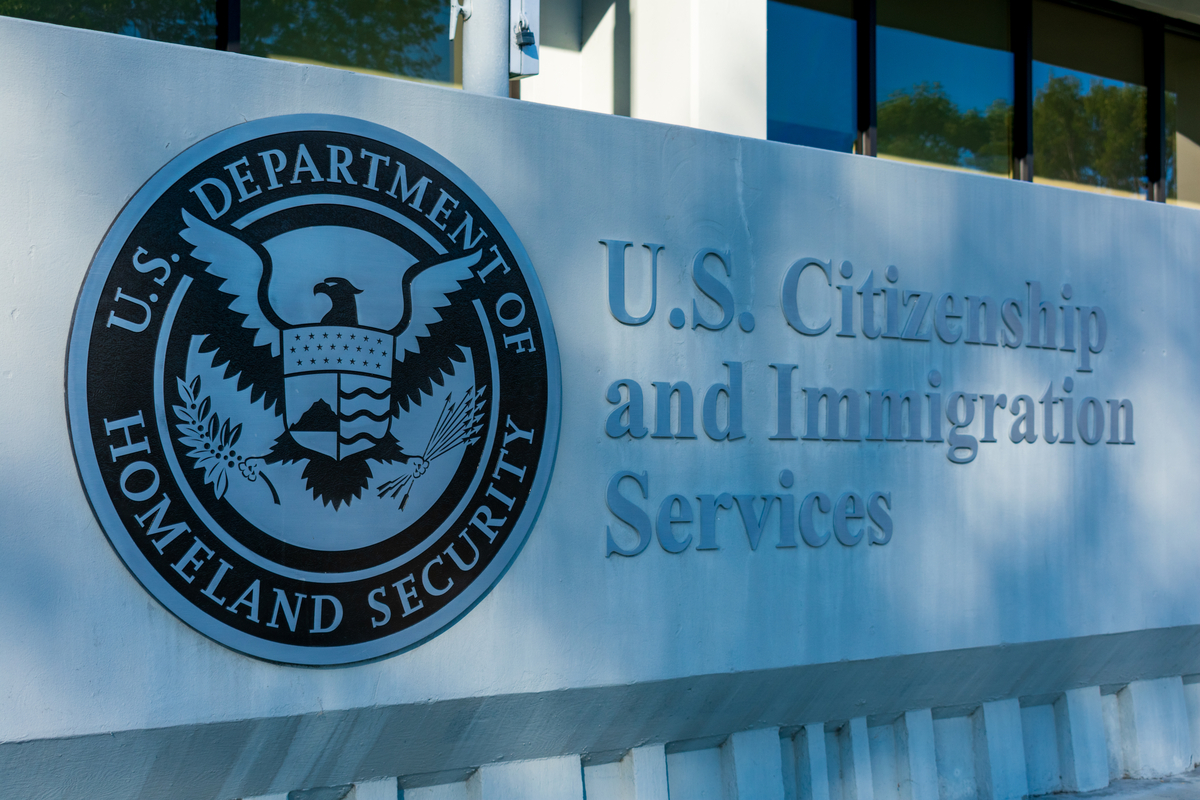Ombudsman. It’s an odd word. I, for one, picture a great Viking, with a braided beard, wielding a battle axe—which, incidentally, is not wholly unfounded, since the word does have Norse origins. I am sorry to report, though, that the USCIS Ombudsman is not a mighty Viking warrior on U.S. government payroll. However, in the most abstract sense, the USCIS Ombudsman is a warrior—in this case a “she”—Maria Odom, fights for anyone looking to resolve individual issues with USCIS petitions, as well as identifies shortcomings of USCIS for improvement in the future.
The USCIS Ombudsman acts as a public advocate who, contrary to what the name suggests, works independently of USCIS. The Ombudsman reports to the Department of Homeland Security Deputy Secretary, and their sole duty is to help to identify and resolve any problems within USCIS operations. The issues that the Ombudsman advises on vary widely in scope—from overarching policy and procedural recommendations, to individual problems with USCIS petitions.
The Ombudsman has a number of tools it uses to address these issues. The Ombudsman’s annual report, which is submitted to the House and Senate Committees on the Judiciary, focuses on systemic issues that cause delay in granting immigration benefits, as well as problems faced by individuals and employers in their interactions with USCIS. Individuals and employers may also submit requests for help from the Ombudsman through Form DHS-7001.
With respect to the EB-5 program in particular, the USCIS Ombudsman has also held several meetings for EB-5 stakeholders. In the most recent stakeholder meeting, participants discussed shortcomings in USCIS procedures, such as processing delays, which can put the United States at a disadvantage in the global market for employment-based visas. Participants also made suggestions for ongoing discussions regarding economic uncertainty, and greater clarity from USCIS regarding the submission of EB-5 petitions. For example, the Ombudsman’s Annual Report for 2013 notes that the office received 441 requests for EB-5 case assistance, which account for approximately 10 percent of that year’s casework. The vast majority of these cases involved filings that were beyond posted processing times, which is a persistent issue that individuals have with USCIS.
It is not entirely clear how effective these methods are for bringing about real change within USCIS. In its summary of an EB-5 stakeholder meeting in 2013, the USCIS Ombudsman noted that many of the matters discussed at the meeting were previously identified in the Ombudsman’s EB-5 program recommendations from 2009. Admittedly, some of these problems are difficult in their own right, and may very well be unresolvable. For instance, it would be difficult to address the mounting criticism over USCIS delays and processing time without also undermining the integrity of the EB-5 program—something that the Office of the Inspector General has already been vocal in its criticism over. Of course we could also present the USCIS Ombudsman with more to tools to ensure that improvements are made, and with the way things have gone in the past, maybe she will need a battle axe after all…
DISCLAIMER: The views expressed in this article are solely the views of the author and do not necessarily represent the views of the publisher, its employees. or its affiliates. The information found on this website is intended to be general information; it is not legal or financial advice. Specific legal or financial advice can only be given by a licensed professional with full knowledge of all the facts and circumstances of your particular situation. You should seek consultation with legal, immigration, and financial experts prior to participating in the EB-5 program Posting a question on this website does not create an attorney-client relationship. All questions you post will be available to the public; do not include confidential information in your question.







 by
by 
